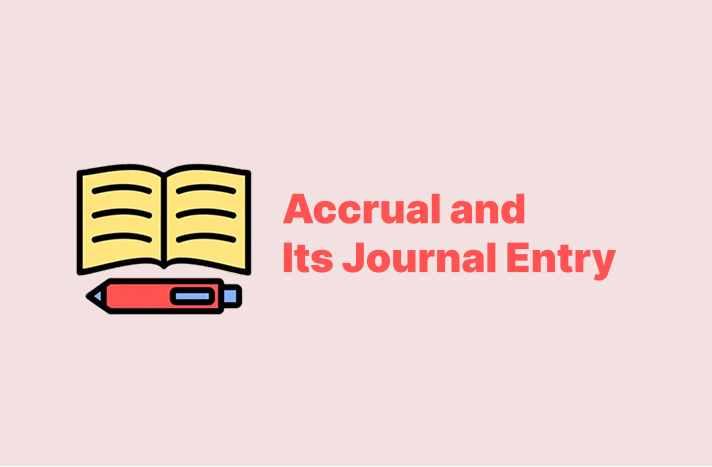The opening journal entry starts the book of accounts for a new accounting period. It sets the initial balances for assets, liabilities, and equity based on the previous period’s financial statements. This entry ensures the books are accurate and ready for the new period.
In this article, you will learn what an opening journal entry is and see examples.
An Overview of the Opening Journal Entry
It can be defined as a specific accounting entry made at the beginning of a new financial period
The purpose of the opening journal entry in accounting is to establish the beginning balances for many accounting elements, such as assets, liabilities, and equity, at the start of a new accounting period.
It ensures the books reflect accurate starting balances carried over from the previous period.
This entry shows a clear starting point for recording transactions.
Here are the components of the opening journal entry:
- Equity is the owner’s interest in the company. That includes retained earnings or capital stock.
- Assets are the value of what the company owns, such as cash, inventory, or equipment.
- Liabilities are the amounts the company owes, such as loans or accounts payable.
Here are some considerations when you write the opening balance entry:
- Start with the ending balances from the previous period’s financial statements.
- List the accounts, such as asset, liability, and equity, that need to be updated.
- Debit or credit the target accounts to reflect the beginning balances.
- Ensure the accounting equation (Assets = Liabilities + Equity) remains balanced.
The Differences Between Opening and Closing Entries
Opening entries are made at the start of a new accounting period. They set the beginning balances for assets, liabilities, and equity based on the previous period’s closing balances.
The closing entries are made at the end of an accounting period. They transfer temporary account balances (like revenue and expenses) to permanent accounts, such as retained earnings, to reset them for the next period.
Let’s see an example in the following section.
Example
FLC Corporation is starting a new accounting period. The company’s financial statements from the previous period show:
- Cash: $20,000
- Accounts Receivable: $15,000
- Inventory: $10,000
- Equipment: $50,000
- Accounts Payable: $12,000
- Bank Loan: $18,000
- Owner’s Equity: $65,000
Opening journal entry for the new period:
| Date | Account Title | Debit ($) | Credit ($) |
|---|---|---|---|
| 2025-01-01 | Cash | 20,000 | |
| 2025-01-01 | Accounts Receivable | 15,000 | |
| 2025-01-01 | Inventory | 10,000 | |
| 2025-01-01 | Equipment | 50,000 | |
| 2025-01-01 | Accounts Payable | 12,000 | |
| 2025-01-01 | Bank Loan | 18,000 | |
| 2025-01-01 | Owner’s Equity | 65,000 |
Total Debit = Total Credit = $95,000
This ensures that the accounting equation remains balanced:
Assets ($95,000) = Liabilities ($30,000) + Equity ($65,000).
To record these transactions account by account in the ledger. Following the below steps:
Cash Ledger:
| Date | Particulars | Debit ($) | Credit ($) | Balance ($) |
|---|---|---|---|---|
| 2025-01-01 | Opening Balance | 20,000 | 20,000 |
Accounts Receivable Ledger:
| Date | Particulars | Debit ($) | Credit ($) | Balance ($) |
|---|---|---|---|---|
| 2025-01-01 | Opening Balance | 15,000 | 15,000 |
Inventory Ledger:
| Date | Particulars | Debit ($) | Credit ($) | Balance ($) |
|---|---|---|---|---|
| 2025-01-01 | Opening Balance | 10,000 | 10,000 |
Equipment Ledger:
| Date | Particulars | Debit ($) | Credit ($) | Balance ($) |
|---|---|---|---|---|
| 2025-01-01 | Opening Balance | 50,000 | 50,000 |
Accounts Payable Ledger:
| Date | Particulars | Debit ($) | Credit ($) | Balance ($) |
|---|---|---|---|---|
| 2025-01-01 | Opening Balance | 12,000 | (12,000) |
Bank Loan Ledger:
| Date | Particulars | Debit ($) | Credit ($) | Balance ($) |
|---|---|---|---|---|
| 2025-01-01 | Opening Balance | 18,000 | (18,000) |
Owner’s Equity Ledger:
| Date | Particulars | Debit ($) | Credit ($) | Balance ($) |
|---|---|---|---|---|
| 2025-01-01 | Opening Balance | 65,000 | (65,000) |
Wrapping Up
You learned how to record an opening journal entry. It sets starting balances for assets, liabilities, and equity.
Key points:
- It carries over balances from the previous period.
- The accounting equation must stay balanced.
- Entries go into the ledger for tracking.



